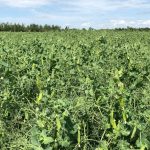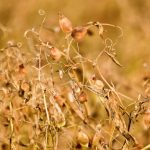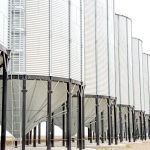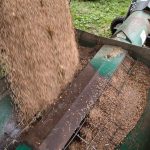MarketsFarm — Growing conditions for peas and lentils in Saskatchewan during the spring can be described as variable. While western parts of the province continued to endure dry conditions carried over from last year’s drought, regions in the east were drenched with near-continuous rainfall to go along with below-normal temperatures. Lionel Ector, president of Diefenbaker […] Read more













